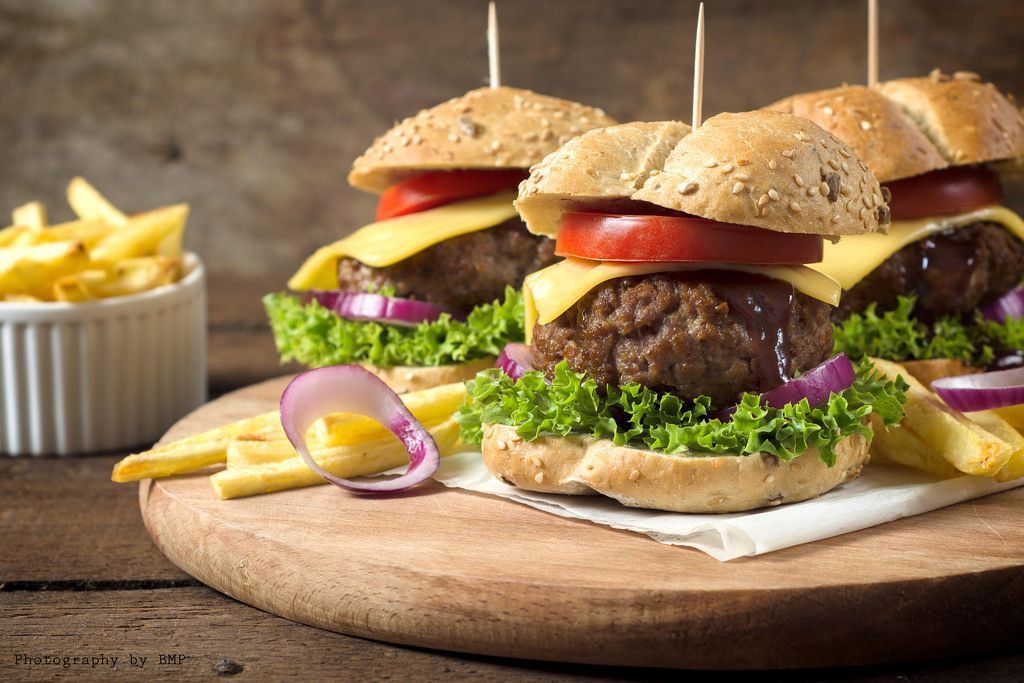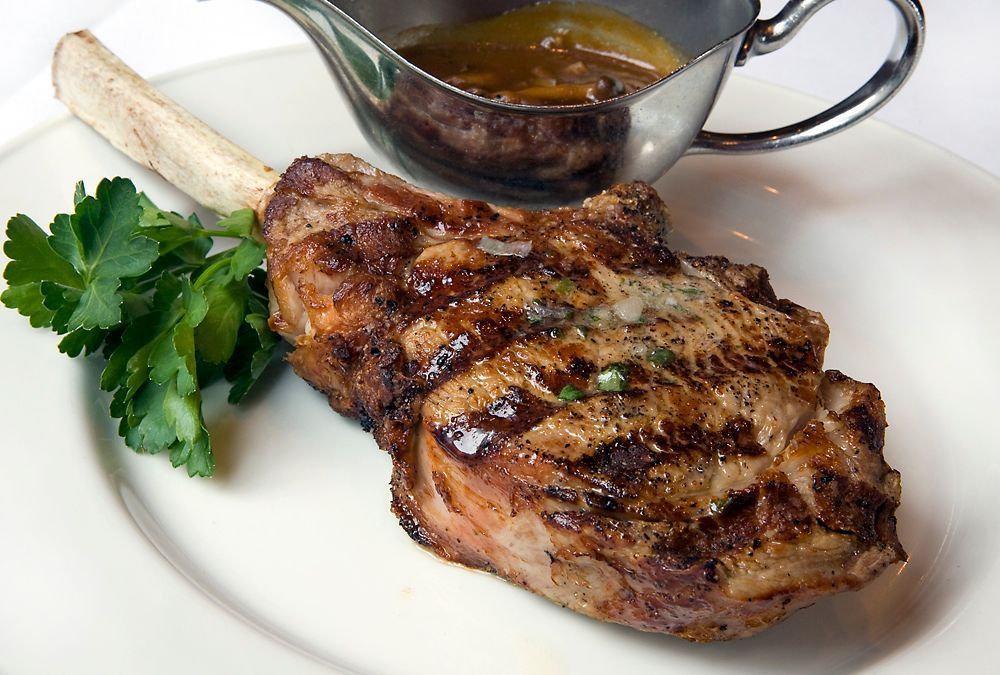Montréal is all about authentic comfort food. We're in the cold for more than half of the year, so we like to stay warm by eating heavy--burgers, poutines, smoked meat sandwiches, you name it. With over 20 active breweries, we also know how to make great beer, so it comes to no surprise that beer would be our go-to choice for pairings with the above-mentioned dishes. Come spring, we flock to rural sugar shacks to indulge in fatty, yet oh-so-delicious sugar shack-style meals drenched in maple syrup. You'll want to balance out the sweetness of the maple syrup in such dishes with an oaked white wine like the Château St Jean Chardonnay. With its finish evoking notes of maple syrup, this wine is sure to make a wonderful pairing. Pork dishes are also very popular in Montréal. For these, you'll want to go with a neutral white wine like a Chardonnay, a Saumur or a Bourgogne Aligoté. Last but not least, we also enjoy adding our Montréal twist to meals typically enjoyed by our cousins in France--braised red meats, stews and anything with gravy. With such dishes, opt for a red Bordeaux like the Château Pelan Bellevue.
 Classic hamburger with cheese - You can find a similar dish at Terrasse Lafayette.
Classic hamburger with cheese - You can find a similar dish at Terrasse Lafayette.Château St Jean Chardonnay, $19.95 - Bold with woody and fruity aromas.
Dupéré Barrera Côtes du Rhône Villages, $19.50 - Nice acidity, floral aromas and notes of pepper, chocolate and jammy black fruits. A sure shot every time!

Photo : Glenn Keefer
Grain-fed veal chop - You can find a similar dish at Le Quartier Général.Château Pajzos Tokaji Furmint, $14.05 - Dry with refreshing acidity and floral, fruity and floral notes.
Pont Neuf Vin De Pays Du Gard, $16.50 - Organic. Dry with spicy, fruity and vegetal aromas, refreshing acidity and smooth tannins.
GLOSSARY
Aroma: Commonly used to describe the smell of a relatively young, unevolved wine. Ex: spicy, floral, fruit etc.
Floral: Red and white wines can have floral aromas.
Dry: Red or white wines that lost all residual sugar during fermentation. Somewhat subjective to what tasters perceive as sweet.
Fresh: Freshness is a good quality; it comes with acidity.
Balance: One of the most desired traits in a wine. When then concentration of fruit, level of tannins and acidity are in complete harmony.
Light: Red and white wines that contain minimal alcohol. Such a wine will also feel light in your mouth.
Bold: Having richness and intensity of flavor or aroma.
Acidity: All wines naturally contain acids, but they should always be in harmony with the fruit and other components. Sufficient acidity gives liveliness and crispness, and can preserve a wine's freshness.
Spicy: A wine with aromas reminiscent of spices such as clove, mint, cinnamon, or pepper.
Soft: Delicate wines with gentle fruit. They can also be low in acidity.
Vegetal: Red or white wines with a subtle vegetable garden smell.
Woody: Red or white wines with excessive aromas of wood. Common to wines aged overlong in cask or barrel. Opposite of unwooded.
Minerality: Wine's buzzword. It would be best described as the meeting point between dry and wet. Mineral wines generally have a slightly salty character and flavors of slate or wet stone. This aroma or flavor comes from grapes grown in intense, rocky, mineral-laden soils.
Velvety: Smooth and rich in texture.
Crisp: A wine giving the impression of freshness, usually with high acidity.
Lively: A wine giving the impression of freshness and vitality.
Fruity: Descriptive of unevolved, light wines in which the fruit is dominant. Refers to the aroma and/or flavor of the grape, as well as other fruits flavors, such as apple, blackcurrant, cherry, pear, citrus fruits, peach raspberry or strawberry.
Buttery: Richness and smoothness of a wine, somewhat akin to the oiliness and flavor of butter.
Jammy: Wines with great intensity of fruit from excellent ripeness. Very concentrated, flavorful wine.
Rich: Full flavor, body and aroma.
Sweet: Both red and white wines can be considered sweet. Indicates the presence of residual sugar, retained when the grape is not completely converted into alcohol.
Tannins: In a nutshell, tannins are what leave your mouth feeling dry once you've tasted an unevolved red wine. They come from the skin, the seeds and the stalks of grapes. They can also stem from the maturing process in oak barrels. Why don't white wines normally contain tannins, you ask? Well, the juice is left to macerate with the skin and seeds of the grapes, the parts that contain the tannins. This is not the case for white wines. Good tannins bring structure and balance, and are essential to red wines. They are also particularly important in the conservation of wine.
Leave a comment